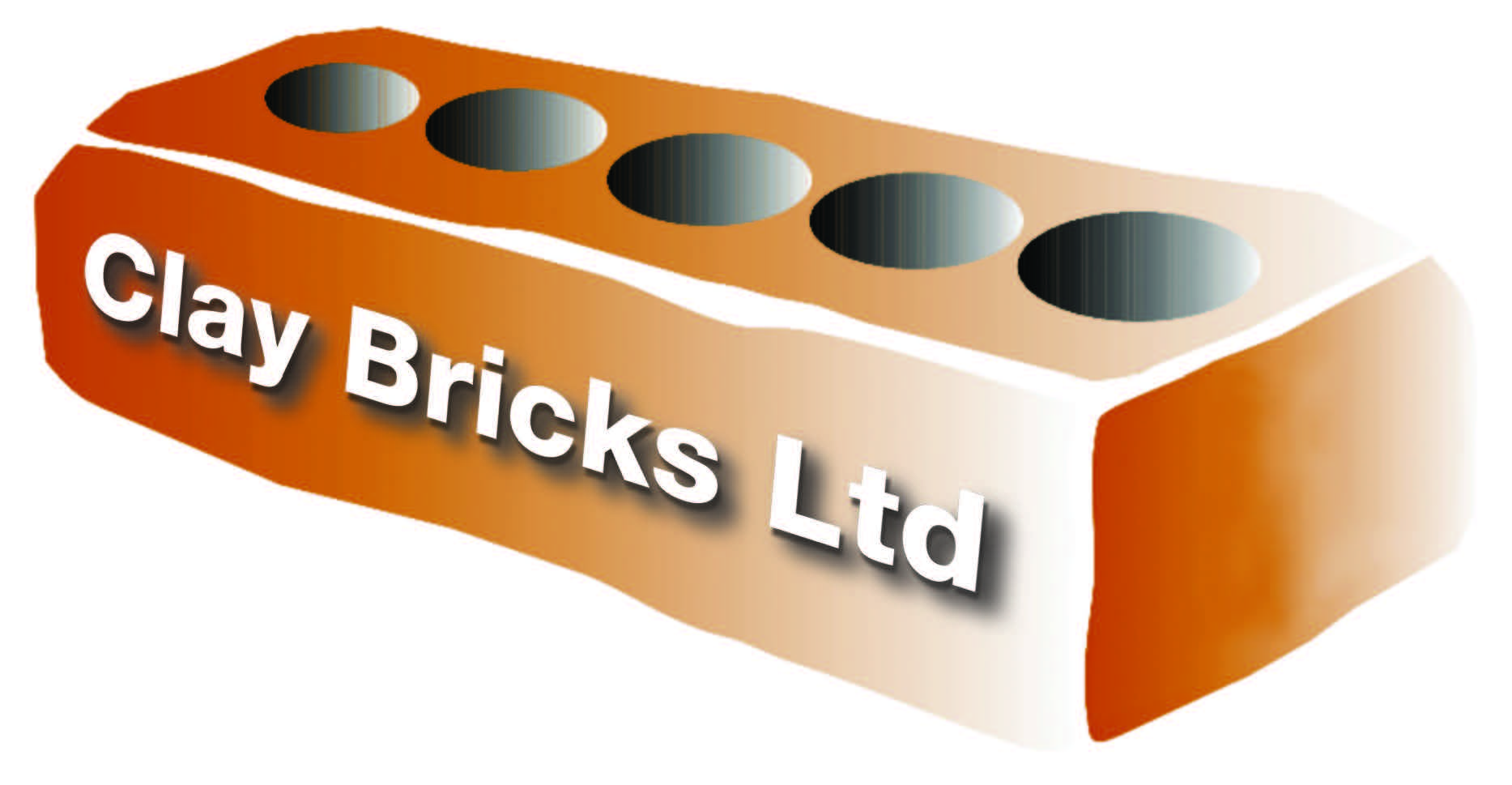Staining generally has only an aesthetic effect on brick veneer.
Stain removal
While it is perfectly normal for clay bricks to have a slight variance in colour, this is different than brick stains. All care should be taken during construction to prevent staining occurring, however this is not always possible.
Stain removal depends on the cause of the stain.
The Brick and Blocklayers Federation recommends that you consult your bricklayer or brick supplier before attempting stain identification and removal.
VANADIUM STAINS
Light-coloured clays often contain vanadium salt that are generally colourless but under certain conditions may appear as yellow, green or reddish-brown discolouration of the brick. Vanadium stains are neither permanent nor harmful and do not indicate a defect in the brick.
Vanadium stains are often generated by the use of too strong a concentration of hydrochloric acid during the initial cleaning process, or from excessive water penetration.
While vanadium stains will wash off overtime, an application of 4% Sodium Hypochlorite (Janola) or a mixture of Sodium Bicarbonate and water (60g per litre of water) will assist in their removal.
Hydrochloric acid may turn vanadium salts black and make it difficult to remove. It is therefore important that vanadium salts are removed before attempting to clear mortar residue from clay brick veneer with hydrochloric acid.
MANGANESE STAINS
This stain occurs characteristically along the edges of grey or brown clay bricks. It appears as a dark- blue brown discolouration.
If you suspect manganese staining, contact your brick company for them to inspect and advise on a resolution.
COPPER AND BRONZE STAINS
Sometimes clay brick veneer may be in close proximity to metals such as copper or bronze. Water washing over these metal surfaces can result in a bluish-green stain appearing on the surface of the bricks.
These stains may be removed using a solution of 1 part acetic acid( 80% or stronger): 1 part hydrogen peroxide(30%-35%strength):6 parts water.
IRON OXIDE (RUST)
Rust can be the result of using hydrochloric acid on clay bricks. This may be able to be removed by applying a solution of 1 part phosphoric acid to 4 parts of water. Allow up to 24 hours for it to work.
SMOKE STAINS
Common around domestic fireplaces but can also be an issue with fire damaged buildings.
Minor smoke stains can be removed with sugar soap–which is a highly alkaline mixture. Mix approximately 500g in to 2 litres of water and apply liberally by brush. After the smoke stains disappear, scrub with a mixture of detergent and household scouring powder containing Sodium Hypochlorite (Janola).
You can read the next section here:










